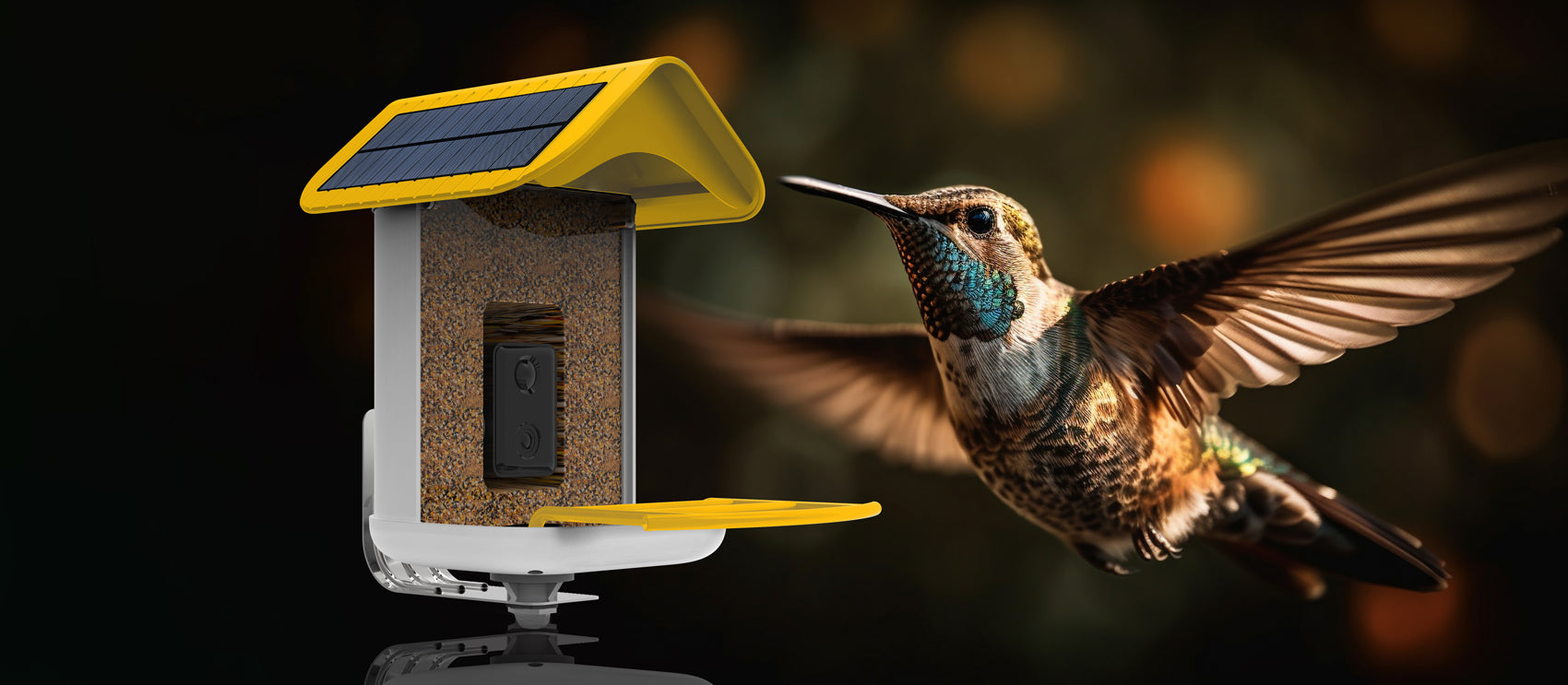Autumn is one of the most exciting times of year to watch birds. Migration is in full swing, backyard species are stocking up on energy for the colder months, and your feeders can become a lively stopover for dozens of species. With the right feeder setup, you can turn your yard into a reliable food source and enjoy some of the most rewarding birdwatching of the year.
At Trail Optics, we’re passionate about helping bird lovers make the most of each season. Here’s how to create the perfect bird feeder setup for fall.
Choose the Right Feeders for Autumn
As bird activity increases in autumn, variety matters. We love the birdseed recommendations from On the Feeder. A good fall setup includes:
- Tube Feeders: Great for small songbirds like chickadees, goldfinches, and sparrows.
- Platform Feeders: Spacious and versatile, perfect for cardinals, grosbeaks, and jays.
- Suet Feeders: Provide high-fat energy that birds need as temperatures drop.
- Hopper Feeders: Hold large amounts of seed, reducing the frequency of refills during busy migration weeks.
By mixing feeder types, you’ll attract a wide range of species while reducing competition.

Stock Up on Seasonal Foods
Food is the main draw in autumn, and certain foods are especially valuable this time of year:
- Black Oil Sunflower Seeds: A staple for many species.
- Nyjer Seed: Attracts migrating finches and siskins.
- Suet: High-energy fuel for colder nights.
- Fruit: Apples, berries, and orange slices appeal to robins, waxwings, and thrushes.
- Peanuts: Packed with protein and fat, popular with jays and woodpeckers.
Avoid cheap seed mixes with fillers like milo or wheat — most birds ignore them, leaving waste behind.
Placement Tips for Autumn Birdwatching
The way you arrange your feeders is just as important as what you put in them, read our article here for more information:
- Near Shelter: Place feeders 5–10 feet from shrubs or trees, giving birds cover while preventing predator ambushes.
- Layering: Spread feeders at different heights to appeal to more species.
- Visibility: Keep feeders in view of your windows or patio for easy observation.
- Seasonal Adjustments: As leaves drop, reposition feeders slightly to maintain cover and reduce exposure.
Maintenance Matters More in Fall
Heavy fall traffic means feeders empty quickly — and dirty feeders can spread disease.
- Refill consistently so migrating species can rely on your yard.
- Clean feeders every 1–2 weeks to prevent mold and bacteria.
- Clear fallen seed beneath feeders to avoid attracting pests.

Why Smart Feeders Are Ideal for Fall
Migration season is fast-paced — some birds may only pass through once. Trail Optics smart bird feeders help you make the most of this fleeting time by:
- Sending notifications when new visitors arrive.
- Capturing photos and videos for species identification.
- Offering durable, weather-resistant designs that helps keep food fresh through unpredictable autumn weather.
With a smart feeder, you’ll never miss a seasonal visitor, even if you’re not watching in the moment.
Autumn birdwatching is a season of change — and opportunity. By setting up a mix of feeders, stocking calorie-rich foods, and maintaining a safe, clean environment, you’ll attract both migratory and resident birds throughout the season.
With Trail Optics smart feeders, your backyard becomes more than just a feeding station — it becomes a window into one of nature’s most incredible annual events.



Leave a comment
This site is protected by hCaptcha and the hCaptcha Privacy Policy and Terms of Service apply.